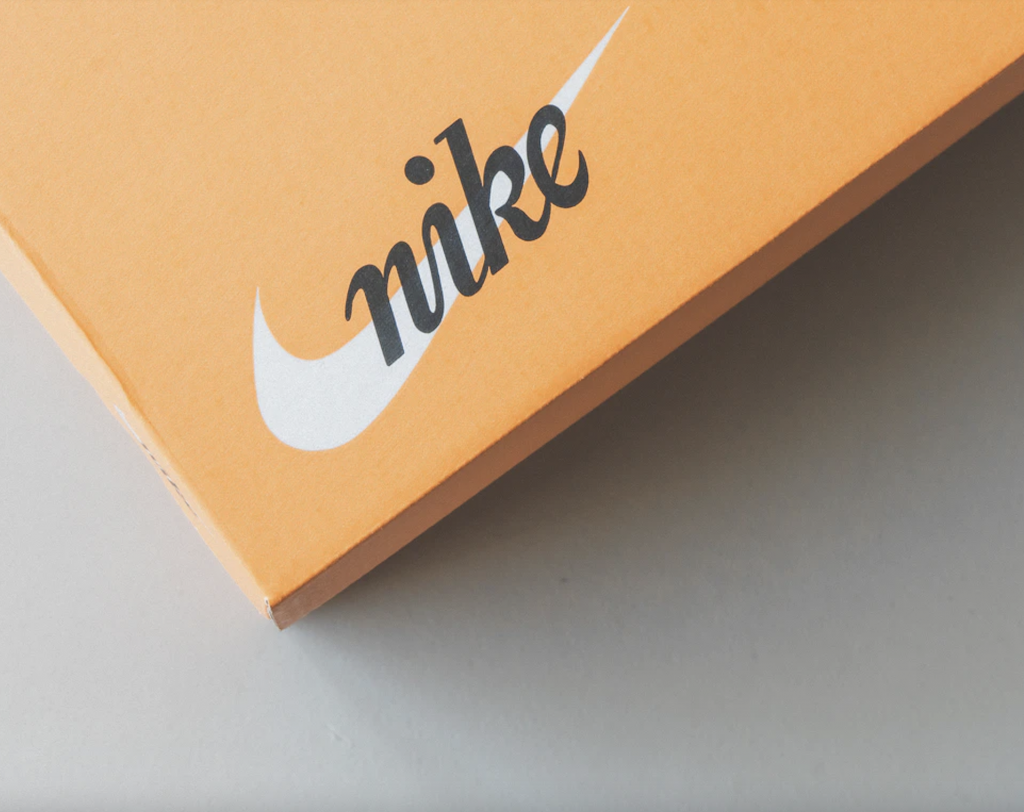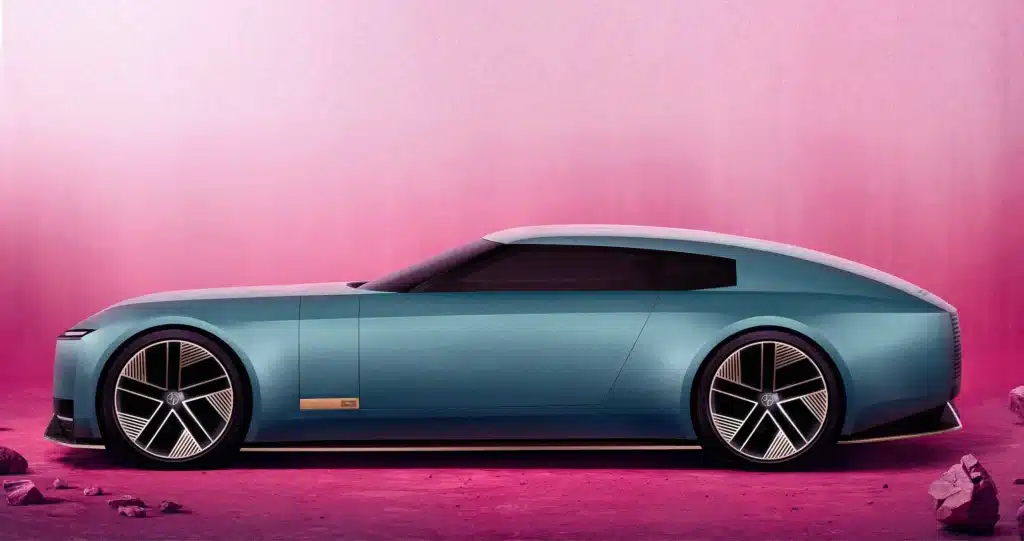Consumers subconsciously prefer “feminine” brand names to masculine ones, a finding that stands to impact “virtually any company looking to sell a product” – or a service. In a newly-released study, researchers at the University of Calgary, University of Montana, HEC Paris, and University of Cincinnati state that “one of the most important and underestimated aspects of a brand is its name, [as] in most instances, the brand name represents a consumer’s first point of contact and can, therefore, drive initial impressions, associations, and expectations.” With that in mind, one of the goals of selecting a brand name, according to Ruth Pogacar, Justin Angle, Tina Lowrey, L. J. Shrum, and Frank Kardes, is to “create a name that signals desirable attributes, and brand name developers have several tools for doing so.”
Among the tools at play when it comes driving consumer affinity for a brand name? Using the gender classification of the name. According to a study recently published in the Journal of Marketing, brands stand to benefit from the fact that linguistically feminine names convey “warmth,” which makes people like them better than masculine ones. How does one go about distinguishing between male and female brand names? Pogacar, Angle, Lowrey, Shrum, and Kardes assert that there are a number of tell-tale indictors: “Women’s names tend to be longer, have more syllables, have stress on the second or later syllable, and end with a vowel (e.g., Amanda).” Meanwhile, men’s names “tend to be shorter with one stressed syllable, or with stress on the first of two syllables, and end in a consonant (e.g., Ed or Edward).”
With that in mind, the study’s authors claim that Nike, Coca-Cola, and Disney, for example, “all have linguistically feminine names,” which serves to “increase perceived warmth [and] improve brand outcomes” based on their analyses of real brands and experimental manipulations of invented brands. More specifically, they contend that such warmth, or in other words, the “quality of being good-natured, tolerant, and sincere,” that comes with feminine brand names “enhances [consumer] attitudes and choice share – both hypothetically and consequentially – and is associated with better brand performance.” Beyond these big names, the study found that brands with linguistically feminine names were among the highest-ranking companies on Interbrand’s Global Top Brands list, which gauges brand performance and strength, for the past twenty years in large part due to the “warmth” conveyed by their names.
How relevant is the conveyance of warmth in connection with the actual success of consumer goods and services brands really? Pogacar, Angle, Lowrey, Shrum, and Kardes say that it is a factor that should not be overlooked when selecting a new brand name, as well as those of existing companies’ sub-brands. They state that researchers believe the quality of “warmth” is an “incredibly important” characteristic dating back to “primitive people, [who] had to make a quick, critical judgment whenever they encountered someone new,” and if “the newcomer was not warm, then a fight or flight decision might be called for.” Fast forward many centuries and “people still rely on warmth judgments every day to decide whether someone will be a good partner, employee, or friend.”
In the same vein, consumers also “often relate to brands like people – we love them, we hate them, we are loyal to certain brands but sometimes we cheat.” As a result, it should be “no surprise that warmth is also an important characteristic of brand personality,” and that this translates, in many cases, to consumers more frequently liking – and thus, choosing – products with brand names that are feminine, giving rise to what the authors call the “Feminine Brand Name Advantage.”
Pogacar, Angle, Lowrey, Shrum, and Kardes assert that there is, in fact, evidence that the use of feminine brand names may have downstream consequences for the performance of both new and well-established brands, “particularly for hedonic products,” and that “such linguistic elements have an automatic influence, thereby, providing a source of affinity that consumers respond to instinctively.” As such, they urge “brand managers to take careful note of the linguistic characteristics of new brand names and brand extensions and leverage the feminine brand name advantage as appropriate.” That being said, they also claim that there are limitations at play. For instance, “When a product is specifically targeted to a male audience (e.g., men’s sneakers), masculine and feminine brand names are equally well-liked,” and at the same time, “people like linguistically feminine names for hedonic products, like chocolate, but may prefer masculine names for strictly functional products like bathroom scales.”
Addressing the need for future research, the authors assert that there is room to investigate “whether linguistically masculine names are advantageous when warmth is not a desirable product attribute,” and also how established brands with masculine names can incorporate their Feminine Brand Name Advantage findings. They assert that “brands with equity in their existing names may be ill-advised to discard a well-established masculine name, even if the brand markets hedonic products and typical users include women.” However, they say that it “may be possible to imbue masculine brand names with warmth via feminine sub-brands, brand extensions, or logos.” For example, “Fiesta is a linguistically feminine sub-brand of Ford that could add warmth to the masculine corporate brand.”
One final takeaway from the report? The authors mention of the fact that “as new brands are introduced daily, securing a desirable name is a growing challenge due to the limited number of existing words to [use as a] trademark.” With that in mind, they note that companies “are increasingly turning to brand naming consulting firms to create names for them,” thereby, giving rise to “a booming business” in the brand naming field.











